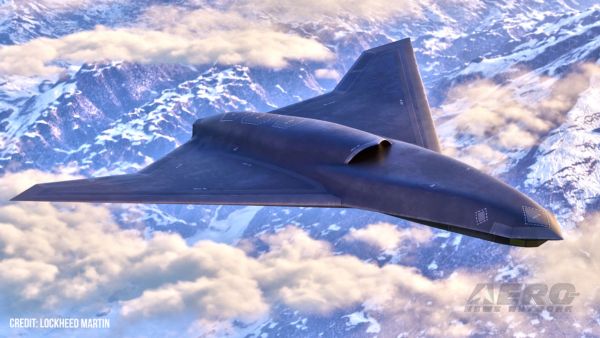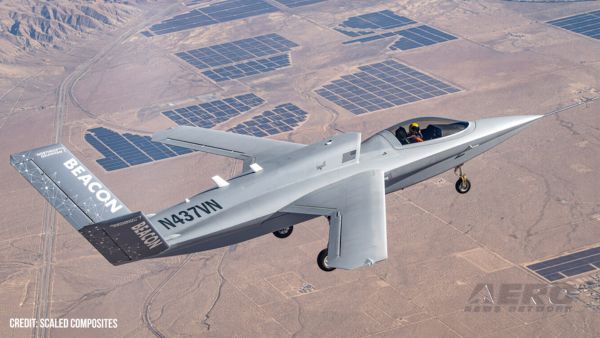Sat, Jul 12, 2025
Set to Become a Key Surveillance Asset, the Flexrotor Offers Eyes in the Sky
The New Partnership between Drone Forge and Airbus, set to introduce the Flexrotor drone, isn’t just a routine industry move, it’s a sign of where the future of drones is headed.

What makes this especially exciting is how it reflects a more broad transformation in how drones are being designed, deployed, and supported. The Flexrotor, for example, combines the best of both worlds: the ability to take off and land vertically like a helicopter, and the endurance of a fixed-wing aircraft. Meaning it can operate in tight spaces, on ships, or in rugged terrain, yet stay airborne for over 12 hours.
Even more interesting is the regional focus. By anchoring operations in the Asia-Pacific and opening a support center in Western Australia, Airbus and Drone Forge are signaling that the global drone industry is becoming more decentralized. Innovation and deployment aren’t just coming from Silicon Valley or Europe anymore. Companies with specialized needs are becoming major players. That’s important because it indicates that drones are being tailored for real-world missions such as brushfire monitoring, illegal fishing surveillance, or search and rescue in vast coastal zones. The general public may think it’s a bit intrusive but, if you’re not doing anything illegal or wrong, this could be a great addition to the industry.
Then there’s the business angle: this deal shows how smaller companies like Drone Forge can drive above their weight by teaming up with large aerospace companies. These partnerships fuse innovation-driven agility with the infrastructure of large corporations, which is crucial as drones are no longer just experimental tools. They’re becoming frontline assets in defense, disaster response, and civil law enforcement. In terms of pilots that are already employed for said roles, it could hurt the job market. That being said, it could benefit in ways such as not risking the lives of humans during wildfires that are too dangerous. The drone industry is attempting to shift to long-term, integrated solutions. “We are fully convinced that the Flexrotor, built on a strong engineering heritage, will allow us to tap into new markets with a proven solution where real-time intelligence, mission flexibility and reliability matters,” said Thomas Symes, Chief Executive Officer of Drone
Forge.
More News
Also: Tidal Flight And DeltaHawk Collab, Russian Drone Strikes, Vertical Aerospace Transition, Power Bank Rules The FAA aims to accelerate the deployment of AAM, or advanced air mo>[...]
Pilot’s Failure To Maintain Airplane Control During The Landing Roll Analysis: The pilot reported that during the landing roll in a tailwheel-equipped airplane, he applied th>[...]
How To Get A Story On Aero-TV News/Feature Programming How do I submit a story idea or lead to Aero-TV? If you would like to submit a story idea or lead, please contact Jim Campbel>[...]
From 2015 (YouTube Edition): Fly By Wire Is No Longer Just For Fighter Jets And Airliners! This video addresses the subject of active side sticks for aircraft with fly-by-wire cont>[...]
Aero Linx: HeliOffshore HeliOffshore is the global, safety-focused association for the offshore helicopter industry. Our mission is to lead a collective safety conversation, identi>[...]
 Airborne-NextGen 09.16.25: DOT's AAM Plan, Switchblade 600 AirLaunch, Jetson ONE
Airborne-NextGen 09.16.25: DOT's AAM Plan, Switchblade 600 AirLaunch, Jetson ONE NTSB Final Report: Nelson Special
NTSB Final Report: Nelson Special ANN FAQ: Contributing To Aero-TV
ANN FAQ: Contributing To Aero-TV Classic Aero-TV: Agreeable Fly-By-Wire Sagems Active Side Stick Program
Classic Aero-TV: Agreeable Fly-By-Wire Sagems Active Side Stick Program ANN's Daily Aero-Linx (09.22.25)
ANN's Daily Aero-Linx (09.22.25)



